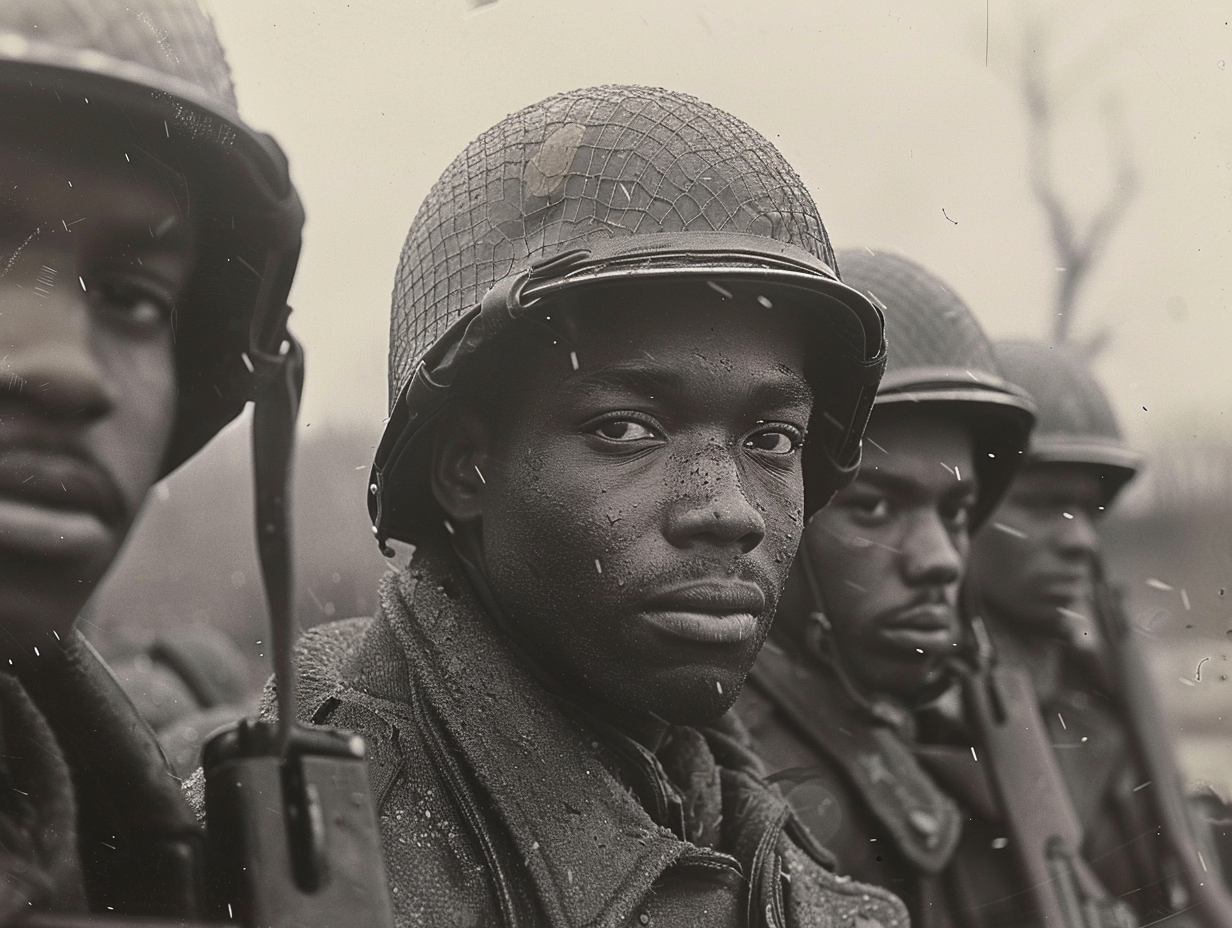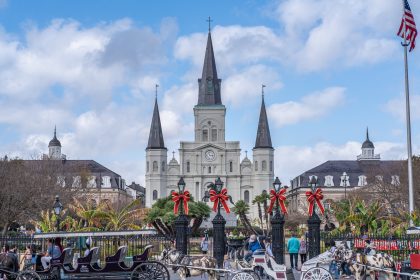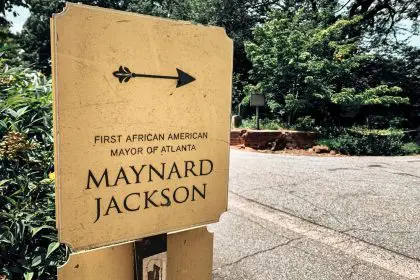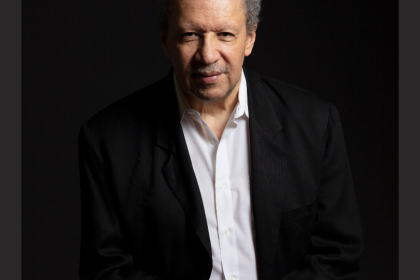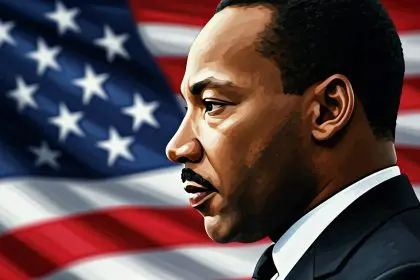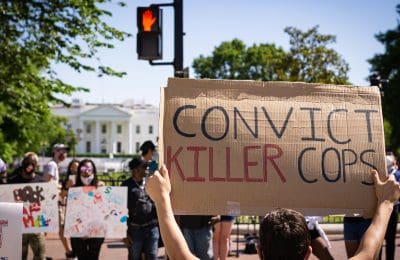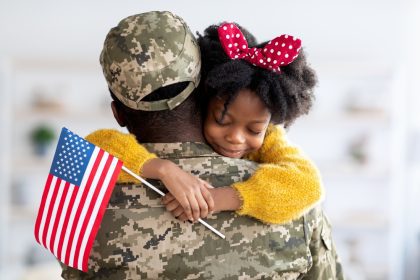On December 8, 1941, the day after Pearl Harbor, thousands of Americans rushed to enlist in the military, driven by a sense of duty and patriotism. For African Americans, however, the path to service was fraught with barriers. Many faced outright rejection due to segregation and discriminatory policies. The experiences of African Americans during World War II highlight both their struggles and their contributions, which paved the way for future generations.
Overcoming systemic exclusion
African Americans eager to serve often encountered insurmountable obstacles. John Hope Franklin, a renowned scholar, exemplifies this struggle. When he volunteered, a Navy recruiter limited his options to roles such as messman or cook, leading him to walk away in frustration. The Marines, at the time, completely barred Black recruits, reflecting the pervasive racial discrimination in the U.S. military.
Despite this, African Americans remained determined to serve. Many saw military service as an opportunity to prove their worth and claim the rights long denied to them. Their fight for inclusion paralleled the broader civil rights struggle, which had been met with severe resistance and violence in the years following World War I.
Fighting for equality in a segregated military
During World War I and the interwar period, African Americans faced some of the worst racial violence in U.S. history. Anti-Black riots erupted across the country, and the Ku Klux Klan’s membership swelled to over three million. This climate of hostility made the decision to enlist during World War II even more significant.
Black servicemen knew they were fighting not only for their country but also for future generations. Their contributions during the war laid the groundwork for civil rights advancements, including the pivotal Brown v. Board of Education case, in which Black World War II veterans played a crucial role.
The Tuskegee Airmen
The Tuskegee Airmen are among the most celebrated African American units of World War II. Initially subjected to strict quotas and delays, these pilots faced significant challenges before being deployed. Despite their exceptional performance, they were initially barred from flying alongside white pilots.
Known as the Red Tails for the distinctive paint on their aircraft, the Tuskegee Airmen demonstrated their prowess in combat. Their success not only debunked myths about Black inferiority but also earned them widespread respect. However, discrimination persisted, as evidenced by their exclusion from officers’ clubs and other privileges granted to white servicemen.
Bravery on the seas, the story of Dorie Miller
Dorie Miller, a Black sailor who displayed extraordinary courage during the attack on Pearl Harbor, became a symbol of Black excellence in the Navy. Despite his heroism, for which he received the Navy Cross, Miller was relegated back to kitchen duties. His story highlights the systemic barriers that Black servicemen faced, even when their actions defied stereotypes and demonstrated exceptional skill.
In 1944, a breakthrough occurred when 16 African Americans became the first to train as Navy officers. Despite receiving less training than their white counterparts, they achieved the highest class average. However, only 13 were commissioned, with no explanation given for the exclusion of the other three. This moment marked a significant, albeit limited, step toward racial equality in the Navy.
The Montford Point Marines
The Marine Corps, the last military branch to integrate, began accepting Black recruits in 1942. These recruits, known as the Montford Point Marines, faced harsh conditions and discrimination. Despite these challenges, they proved their worth in combat-support roles and played a crucial part in the Battle of Saipan.
Lt. Gen. Alexander Vandergrift’s statement, “The Negro Marines are no longer on trial. They are Marines, period,” signified a turning point in their acceptance. The contributions of the Montford Point Marines helped pave the way for the eventual desegregation of the military.
Contributions on the home front and beyond
African Americans also played vital roles on the home front. The Red Ball Express, a logistics operation primarily composed of Black drivers, was instrumental in supplying Allied forces in Europe. The 761st Tank Battalion, part of Patton’s Third Army, fought tirelessly in key battles, including the Battle of the Bulge.
Black engineers were equally essential, constructing major infrastructure projects such as the Alaska Highway and Ledo Road. These contributions underscored the multifaceted role of African Americans in the war effort.
Recognition and legacy
Despite their bravery and sacrifices, many African Americans were denied recognition after the war. It wasn’t until 1997 that some received the Congressional Medal of Honor, following a re-examination of military records. The delayed acknowledgment reflects the systemic racism that persisted even after the war ended.
The legacy of African American servicemen and women in World War II is one of resilience and determination. Their fight for equality within the military mirrored the broader civil rights movement, setting the stage for future progress.
A day of reflection
December 7, 1941, is remembered as a day of tragedy, but it also marked the beginning of a new chapter in the fight for racial equality. The courage and determination of African American servicemen and women exemplify the spirit of Dr. W.E.B. Du Bois’s call to action: “We return from fighting. We return fighting. Make way for Democracy!”
Their legacy continues to inspire, reminding us of the importance of perseverance in the face of adversity and the ongoing struggle for justice and equality.

